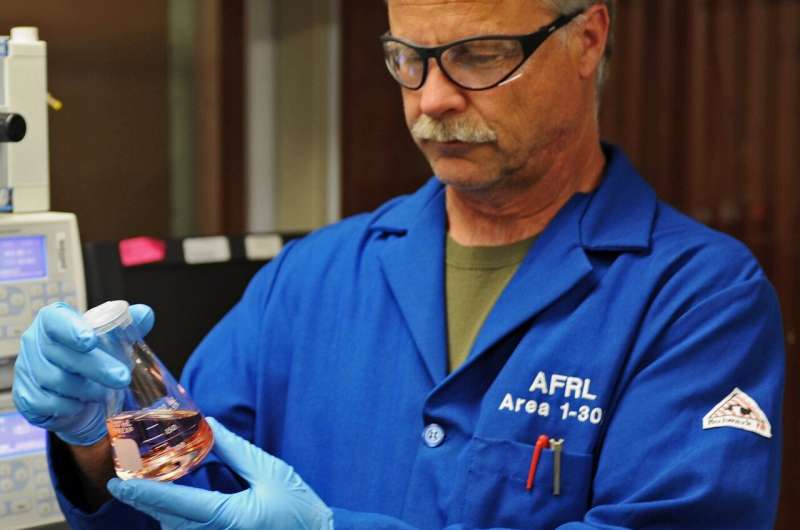Green Propellant Infusion Mission spacecraft to test green propellant on orbit

NASA's Space Technology Mission Directorate, along with co-investigators, including the Air Force Research Laboratory, Ball Aerospace, SpaceX, the Space and Missile Systems Center, and Aerojet, are scheduled to launch Ball's Green Propellant Infusion Mission (GPIM) spacecraft, enabling the first ever on-orbit demonstration of the AFRL developed ASCENT (Advanced Spacecraft Energetic Non-toxic Propellant) green propellant on orbit.
The GPIM spacecraft is scheduled for launch June 24 from launch site LC-39A at Kennedy Space Center, Florida, with the launch window opening at 11:30 p.m. Eastern as part of the Department of Defense Space Test Program-2 (STP-2) mission on a SpaceX Falcon Heavy launch vehicle.
Space demonstration of this new propellant, ASCENT, formerly known as AF-M315E, marks a major milestone in a national effort to develop new energetic propellants to replace hydrazine, the current established chemical propellant of choice for nearly all current satellite propulsion. Not only is ASCENT 50 percent higher performing than hydrazine, but it is also a vastly safer alternative, allowing for streamlined ground operations relative to legacy propellants. While hydrazine is flammable, toxic, and requires use of Self Contained Atmospheric Protective Ensemble (SCAPE) suits for handling operations, ASCENT propellant requires minimal Personal Protective Equipment (PPE) such as a lab coat and a splash guard for the face.
"The demonstration of a revolutionary green propellant for spacecraft propulsion is critical as we move toward space operations being the new normal," said Dr. Shawn Phillips, chief of AFRL's Rocket Propulsion Division.
The origins of ASCENT began over 20 years ago in AFRL at Edwards AFB, California, in conjunction with the U.S. Air Force Academy (USAFA) who pioneered exploration of Ionic Liquid-based energetic propellants with vastly superior handling properties and improved performance relative to hydrazine. After $30 million in AFRL R&D investments to mature this technology from conception to space-rated thruster systems, the GPIM mission will demonstrate the maturity of this technology for use on both commercial and DOD space assets. While ASCENT delivers present-day breakthrough reductions in ground operations cost/schedule and improved on-orbit performance, it is only the beginning of a renaissance in spacecraft propulsion emerging from propellant R&D efforts at AFRL.
More information: For more information about AFRL, visit: www.afresearchlab.com
Provided by Air Force Office of Scientific Research



















